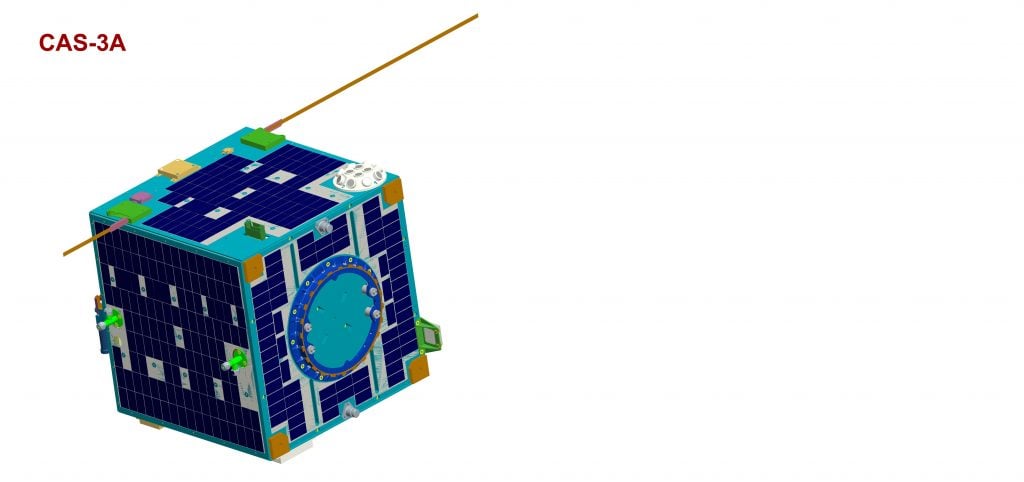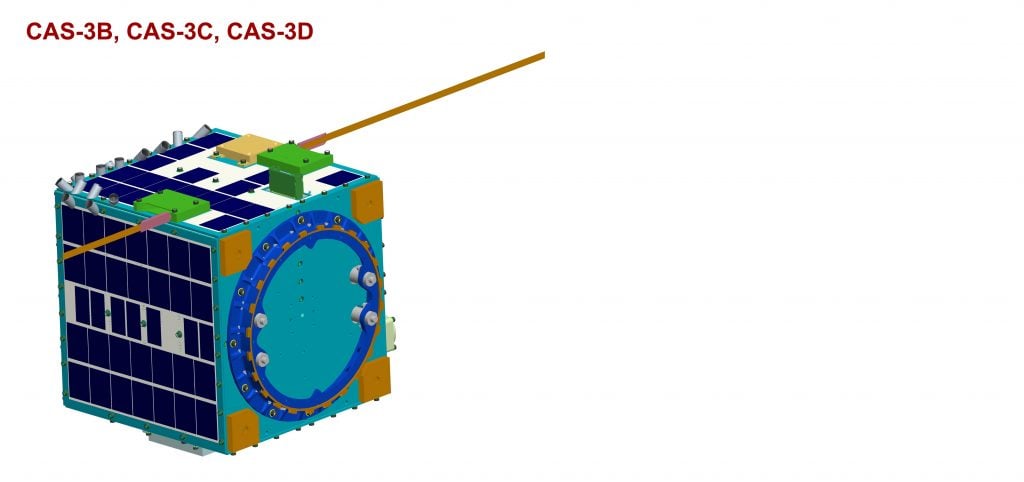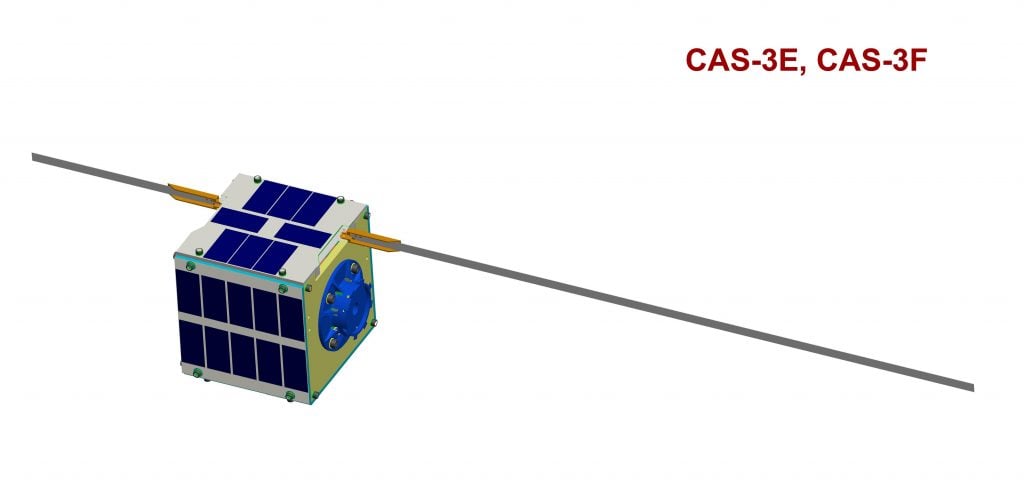Alan Kung, BA1DU (CAMSAT CEO) recently sent AMSAT-NA a stunning press release, copied in full below:
CAMSAT orchestrated CAS-3 amateur satellite system is now nearing completion, six Chinese amateur satellites will be launched in mid-July,it includes different weight category satellites, consists of a 20 kg, three 10 kg and two 1 kg satellites. All six satellites are equipped with substantially the same amateur radio payloads, a U/V mode linear transponder, a CW telemetry beacon and an AX.25 19.2k/9.6k baud GMSK telemetry downlink are attached in each of the six satellites, each set of amateur radio equipments has the same technical characteristics, but operates on different frequencies of 70cm band uplink and 2m band downlink.
During the years, CAMSAT works closely with DFH Satellite Co. Ltd to complete the project, which is Chinese government aerospace contractor and provided most of the support for this project. All the satellites are currently conducting final testing and inspection, here are the technical details:
● CAS-3A:
– Micro-satellite architecture
– Dimensions: 400Lx400Wx400H mm
– Mass: 20kg
– Stabilization: three-axis stabilization system with its +Y surface facing the earth
– Antenna: Deployable antenna, one 1/4λ monopole VHF antenna with max.0dBi gain is located at +Z side and one 1/4λ monopole UHF antenna with max.0dBi gain is located at –Z side, close to the each edge of satellite body
– Uplink: 70cm band
– Downlink: 2m band
– Amateur radio payloads:
Callsign: BJ1SB
CW Telemetry Beacon: 50mW, 22wpm
U/V Mode Linear Transponder: 100mW, 20kHz bandwidth, spectrum Inverting
AX.25 telemetry: 100mW, 19.2k/9.6k baud GMSK● CAS-3B, CAS-3C and CAS-3D:
– Micro-satellite architecture
– Dimensions: 250Lx250Wx250H mm
– Mass: 9kg
– Stabilization: three-axis stabilization system with its +Y surface facing the earth
– Antenna: Deployable antenna, one 1/4λ monopole VHF antenna with max.0dBi gain is located at +Z side and one 1/4λ monopole UHF antenna with max.0dBi gain is located at –Z side, close to the each edge of satellite body
– Uplink: 70cm band
– Downlink: 2m band
– Amateur radio payloads:
Callsign: BJ1SC ( for CAS-3B), BJ1SD ( for CAS-3C), BJ1SE ( for CAS-3D)
CW Telemetry Beacon: 50mW, 22wpm
U/V Mode Linear Transponder: 100mW, 20kHz bandwidth, spectrum Inverting
AX.25 telemetry: 100mW, 19.2k/9.6k baud GMSK● CAS-3E and CAS-3F:
– Cube-satellite architecture
– Dimensions: 110Lx110Wx110H mm
– Mass: 1.5kg
– Stabilization: Spinning stabilization using permanent magnet torquer
– Antenna: Deployable antenna, one 1/4λ monopole VHF antenna with max.0dBi gain is located at +Z side and one 1/4λ monopole UHF antenna with max.0dBi gain is located at –Z side, close to the each edge of satellite body
– Uplink: 70cm band
– Downlink: 2m band
– Amateur radio payloads:
Callsign: BJ1SF ( for CAS-3E), BJ1SG ( for CAS-3F)
CW Telemetry Beacon: 50mW, 22wpm
U/V Mode Linear Transponder: 100mW, 20kHz bandwidth, spectrum Inverting
AX.25 telemetry: 100mW, 9.6k baud GMSKThis launch will use an brand new Chinese launch vehicle named as Long March – 6 (LM-6 or CZ-6) at Taiyuan Satellite Launch Center of China, CAS-3A will operate at about 450 km height sun-synchronous orbit, the other satellites will operate at about 530 km height sun-synchronous orbit.
The launch will carry total of 20 satellites, there are other three satellites named as CAS-3G, CAS-3H and CAS-3I involved in amateur radio from other agencies of China will share the same launch, CAMSAT was assisting Chinese government administration to coordinate and allocate their frequencies, more details will be announced later.



